The Covid Diaries 92 – Serpentine Gallery, James Barnor: Accra/London – A Retrospective
A review of an exhibition of photography by James Barnor at the Serpentine Gallery. A fascinating look at life between London and Ghana in the mid-20th Century.
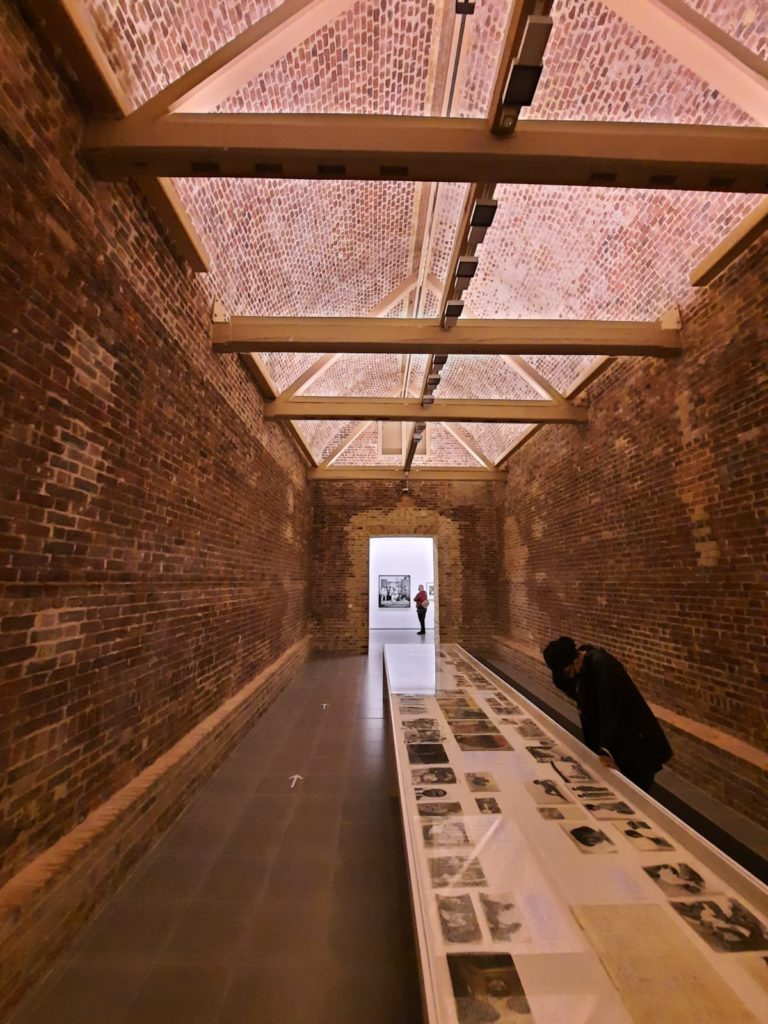
James Barnor at the Serpentine Gallery
Another week, another first for me. This time was my first visit to the Serpentine Gallery in Hyde Park. I even made what I imagine is the rookie mistake of going to the wrong Serpentine Gallery first (there’s a North and a South). The silver lining is that this meant I got a quick look at this year’s Serpentine Pavillion. Designed by Counterspace, it reflects informal community spaces like markets and bookshops, stations and steps.
Once I made it to the correct Serpentine Gallery, it was not my first photography exhibition since restrictions started easing again, but it was my first time seeing an exhibition of work by James Barnor. Barnor is a photographer who has worked between Ghana and the UK for a number of decades. This exhibition takes in his studio photography, photojournalism, commercial work, and social documentary photography (both of his own friends and family and the wider communities he lived in). There is a wide selection of works in a relatively small space, so a lot to take in. Given that Barnor’s work covers a period that includes Ghanaian independence and massive social change, it’s a good exhibition in which to take your time and really look.
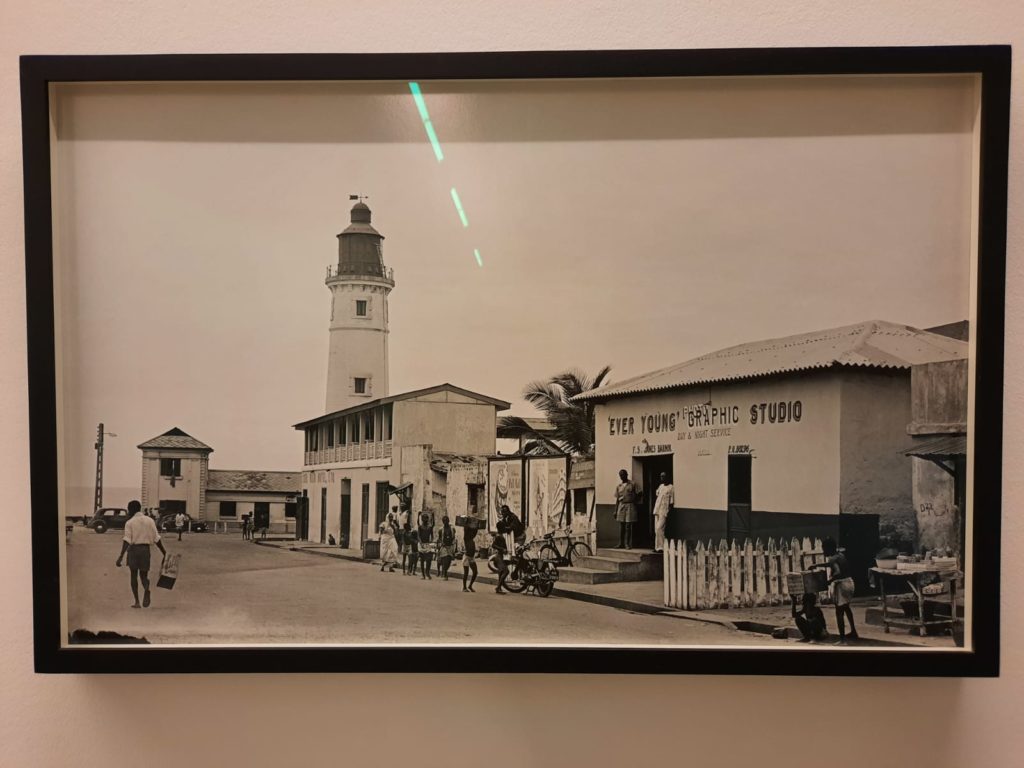

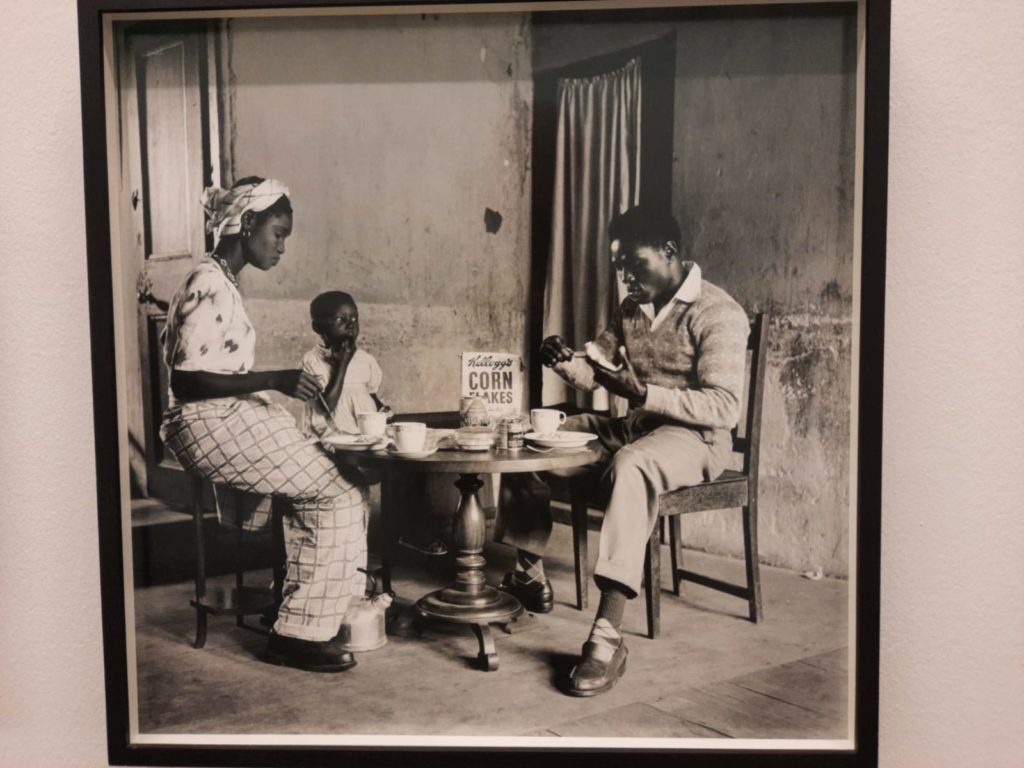
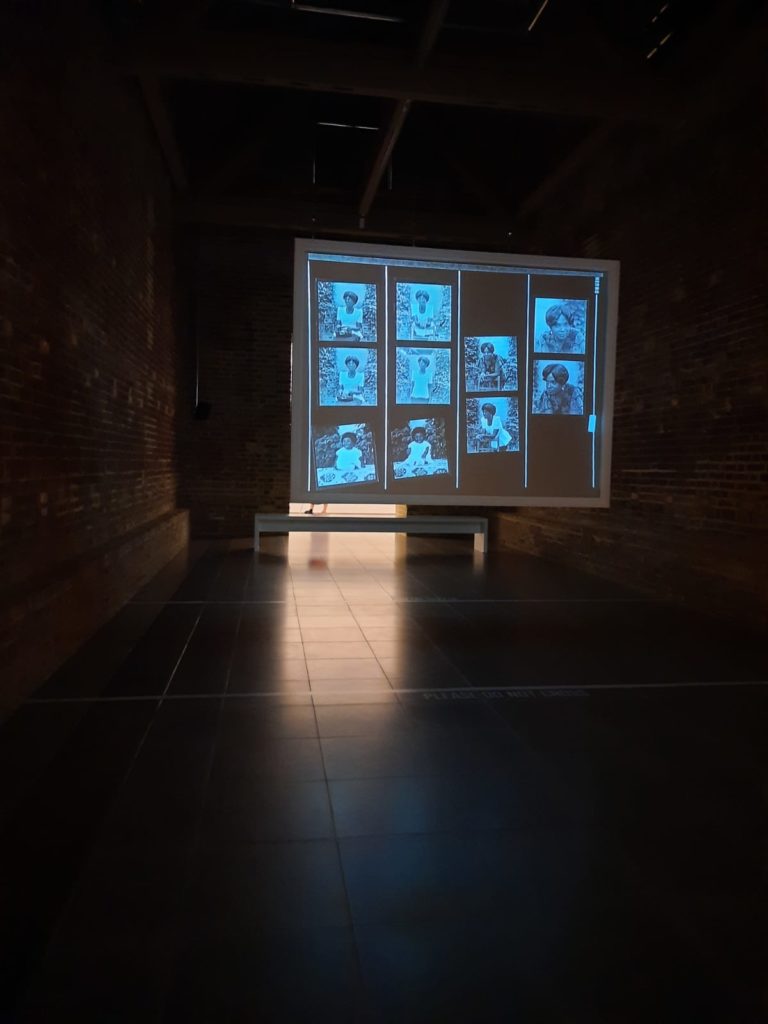
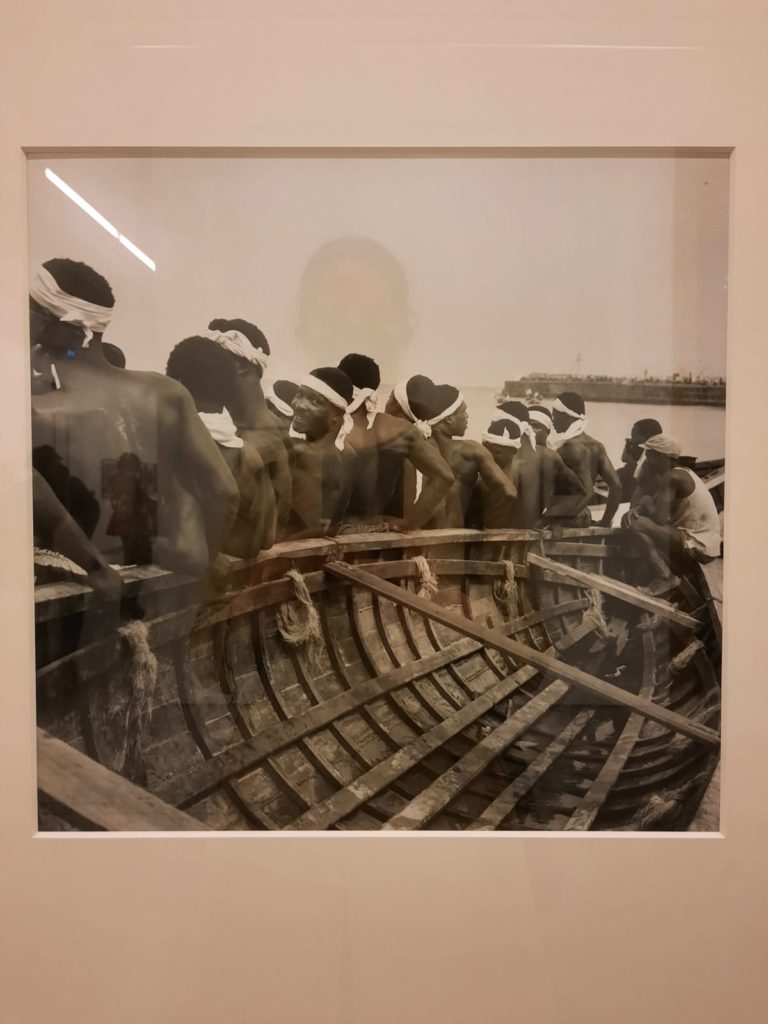

Accra/London
James Barnor was born in Accra, Ghana, in 1929. He came from a photographic family, and served an apprenticeship with his cousin before striking out on his own. His studio, Ever Young, features heavily in the opening section of the exhibition – familiar props and confident poses reflecting a lively environment. A couple of years after Ghanaian independence in 1957, Barnor moved to London to further his studies, before returning to set up the first colour processing laboratory in Ghana. In 1994 he returned to London and still lives here today.
What I enjoyed most about Barnor’s work is that, like the many famous French photographers of everyday life, it acts as a window into the lives of others. Whether in the studio, at a family gathering, or at a public event, there is always a connection between Barnor and the subject. Through these windows we see pioneering female police officers proudly showing off their crisp new uniforms; families celebrating weddings or christenings; fashionable 1960s covergirls posing on London streets. The recent digitisation of Barnor’s archive means there were over 30,000 of his images to choose from in putting together this exhibition, a daunting challenge which the curators have more than risen to.
Alongside the modern prints of Barnor’s work, there are archival images, magazines and other documentation of his personal and professional life. This helps to establish the exhibition on a very personal scale, a choice which is reinforced by a video which pairs old negatives/contact sheets with a voiceover by Barnor himself. He talks about his studio, lighting techniques, capturing subjects, as if he is in conversation with us, the viewers. Capacity is limited in this particular room but it’s worth taking the time to sit and listen for a while.
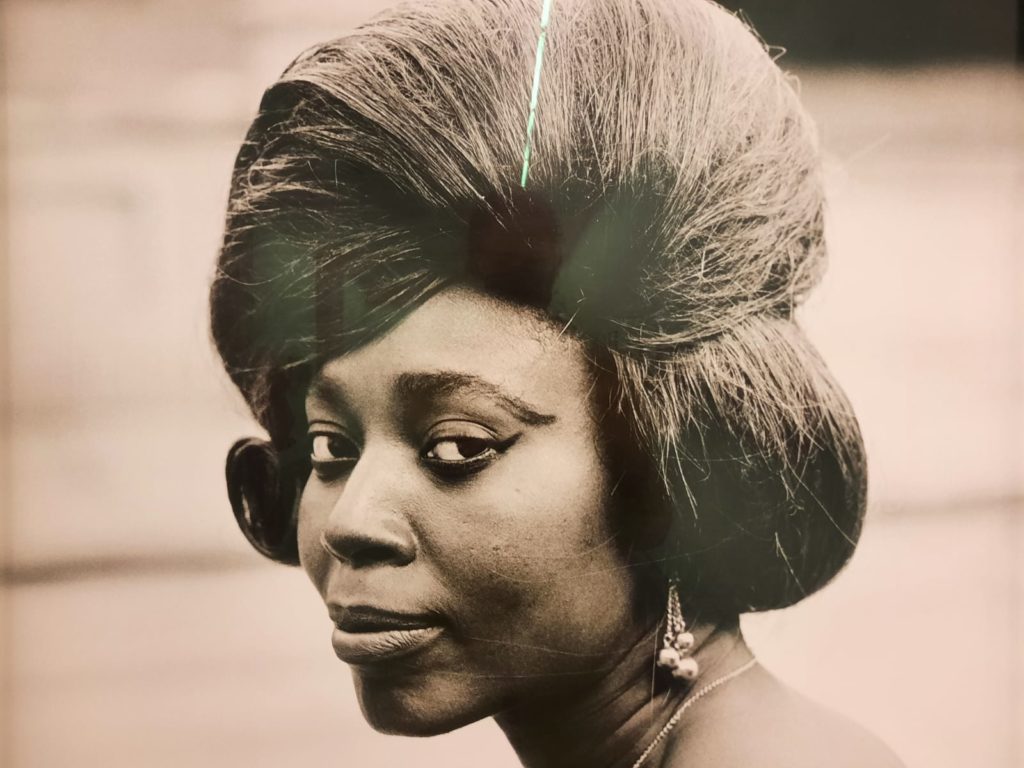
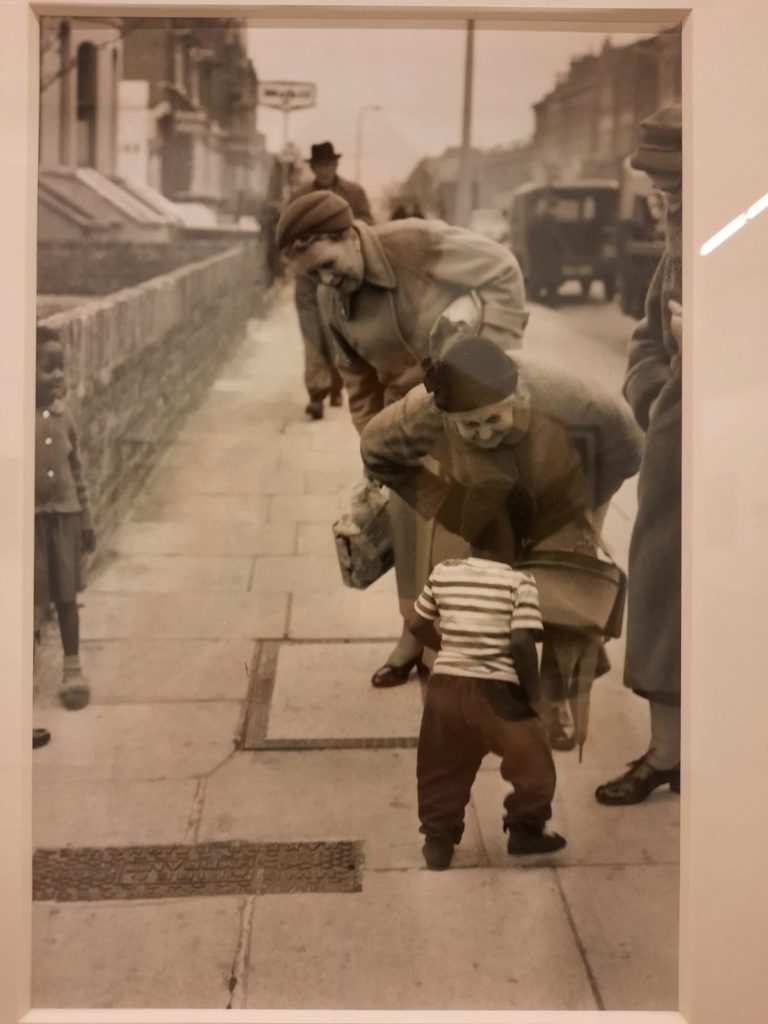

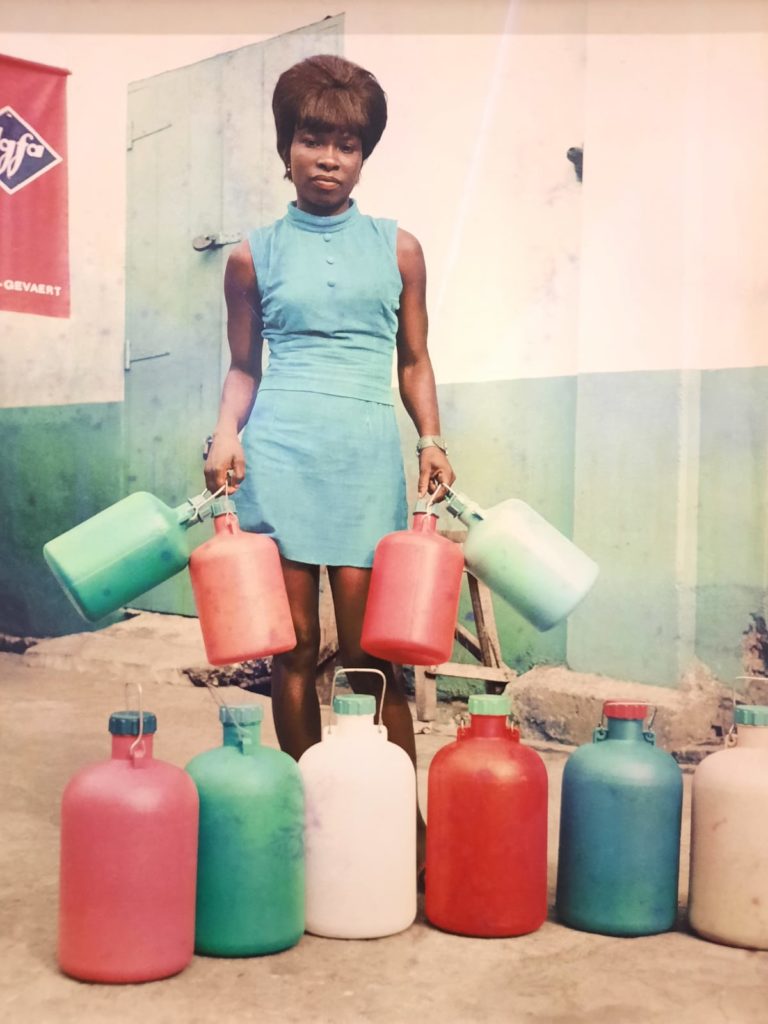


Final Thoughts
The Serpentine North Gallery, in a former gunpowder store, is not a large exhibition space. A visit to James Barnor: Accra/London – A Retrospective is therefore as long as you want it to be. You can wander around for a quick impression. Or you can get in close and soak up the detail. Personally I loved taking in 1950s and 60s London and Accra. And Barnor’s eye for timing and composition make it very much worth the trip to Hyde Park. Visiting the Serpentine Gallery is free so there is no reason not to go and check it out if you’re in the neighbourhood.
On its own merits: 3.5/5
Implementing Covid measures: 3.5/5
James Barnor: Accra/London – A Retrospective on until 22 October 2021
Keep exploring London with me! Sign up below to receive the Salterton Arts Review newsletter:
If you see this after your page is loaded completely, leafletJS files are missing.

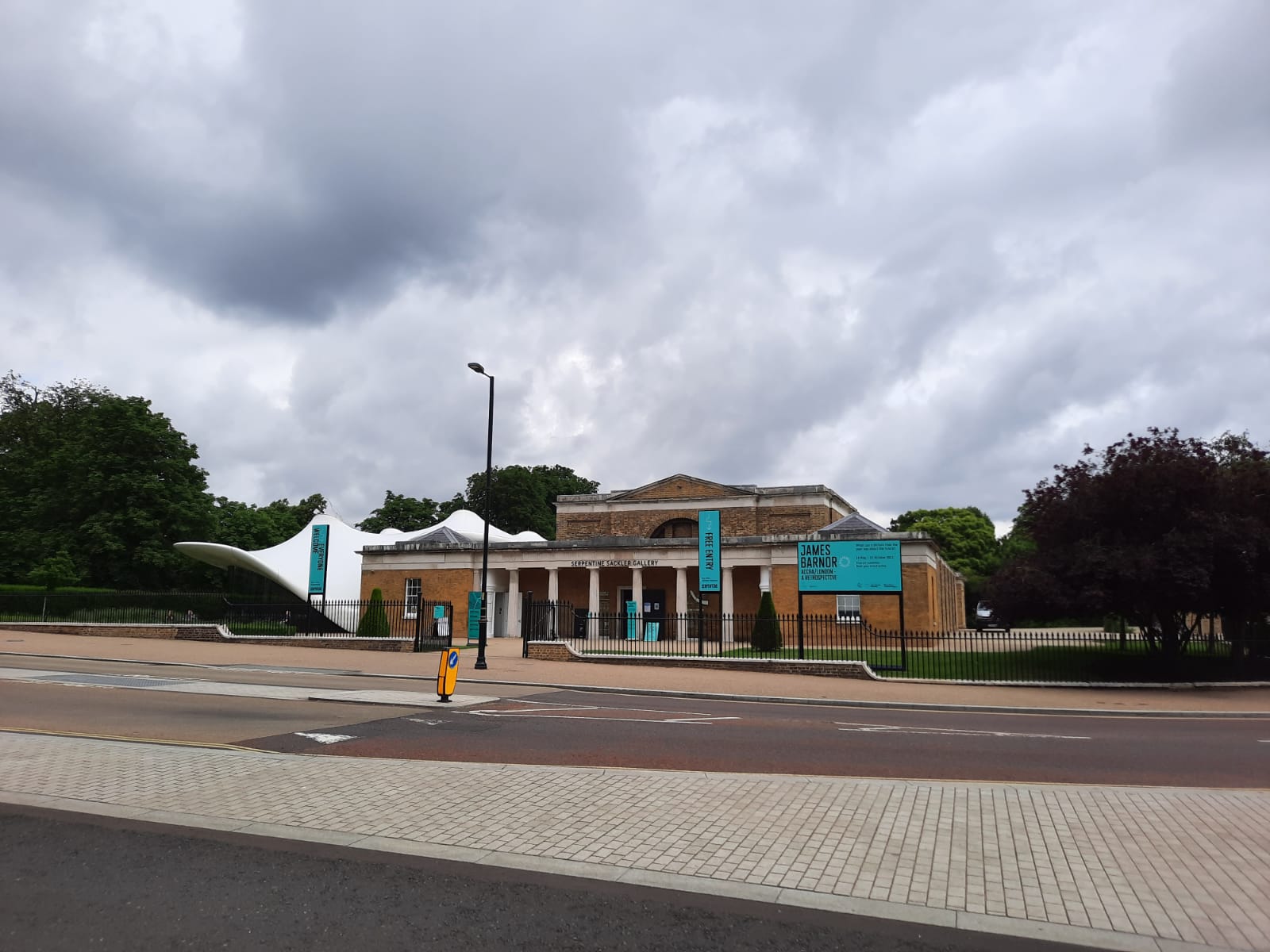
One thought on “The Covid Diaries 92 – Serpentine Gallery, James Barnor: Accra/London – A Retrospective”